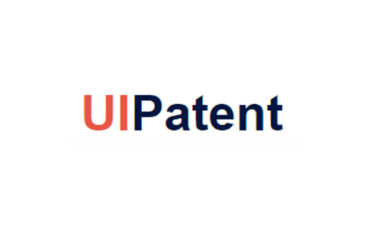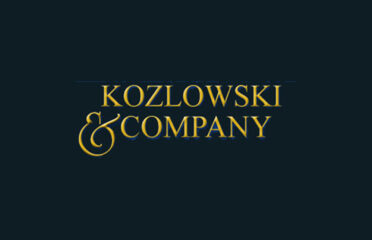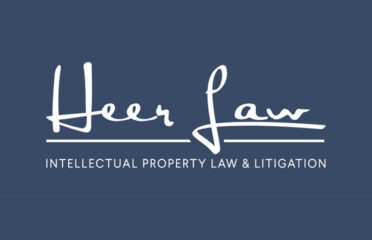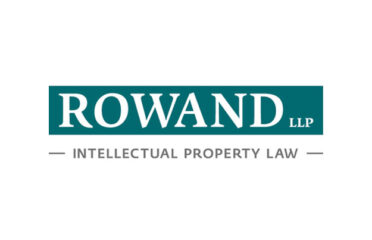What is Patent Law in Canada?
Patent law in Canada provides inventors and businesses with exclusive rights to their innovations, fostering technological advancement and economic growth. Governed by the Patent Act and administered by the Canadian Intellectual Property Office (CIPO), Canada’s patent system balances inventor rights with public access to knowledge. This guide explores patent eligibility, application processes, enforcement, and recent developments in Canadian patent law.
1. What is a Patent?
A patent is a legal monopoly granted by the government that gives inventors exclusive rights to make, use, or sell their invention in Canada for up to 20 years from the filing date. In exchange, inventors must publicly disclose technical details about their invention.
Key Characteristics of Canadian Patents
-
Territorial: Only valid within Canada
-
Time-limited: Maximum 20-year protection
-
Exclusive: Right to prevent others from using the invention
-
Disclosure-based: Requires full public description
Example: The University of Toronto holds patents for insulin purification techniques developed by Banting and Best.
2. Patent Eligibility Requirements
For an invention to be patentable in Canada, it must meet four key criteria:
A. Novelty
The invention must be new worldwide—not previously disclosed in any public domain before the filing date.
B. Inventiveness (Non-Obviousness)
The invention must involve an inventive step that isn’t obvious to someone skilled in the relevant field.
C. Utility
The invention must be functional and achieve its intended purpose.
D. Patentable Subject Matter
Must fall into recognized categories:
-
Machines/devices (e.g., new engine designs)
-
Processes/methods (e.g., manufacturing techniques)
-
Compositions of matter (e.g., pharmaceuticals)
-
Improvements to existing inventions
Exclusions: Abstract ideas, scientific principles, medical treatments, and higher life forms cannot be patented.
3. The Canadian Patent Application Process
A. Preparation Phase
-
Prior Art Search: Review existing patents/publications
-
Patentability Assessment: Evaluate against eligibility criteria
-
Drafting: Prepare specifications, claims, and drawings
B. Filing Options
-
Direct National Application ($1,500-$3,000+ fees)
-
File directly with CIPO
-
12-month priority claim possible via Paris Convention
-
-
Patent Cooperation Treaty (PCT) Application ($5,000-$8,000+)
-
International filing with 30-month Canadian entry deadline
-
2023 Stats: CIPO receives ~40,000 applications annually.
C. Examination Process
-
Formal Examination (18-24 months post-filing)
-
Checks completeness of documentation
-
-
Substantive Examination (request within 4 years)
-
Assesses patentability requirements
-
May involve office actions/amendments
-
-
Grant (Average 3-5 year total processing)
Pro Tip: The new Certified Patent Agent requirement took effect in 2024 for all filings.
4. Patent Enforcement & Litigation
A. Infringement Actions
Patent holders can sue for:
-
Injunctive relief (stop infringing activities)
-
Damages (lost profits or reasonable royalty)
-
Account of profits (infringer’s gains)
Case Example: AstraZeneca v. Apotex (2017) – $60M awarded for generic drug patent infringement.
B. Defenses
Common arguments include:
-
Non-infringement (different technology)
-
Invalidity (prior art challenges)
-
Experimental use exception
C. Specialized Court
The Federal Court hears all patent cases, with appeals to the Federal Court of Appeal and Supreme Court.
5. Patent Maintenance & Costs
A. Fee Schedule
-
Filing fee: $430 (small entity) / $860 (large)
-
Examination fee: $800 / $1,600
-
Annual maintenance fees: $100-$450/year (increasing over time)
Small Entity Definition: <50 employees and <$10M revenue.
B. Total Cost Estimate
-
Basic patent: $8,000-$15,000+
-
Complex tech/pharma: $25,000-$50,000+
-
Litigation: $250,000-$5M+
6. International Considerations
A. Priority Claims
Canada follows the Paris Convention, allowing inventors to file abroad within 12 months while maintaining the original filing date.
B. Patent Prosecution Highway
Accelerated examination available for applications with allowed claims in partner countries (US, EU, etc.).
C. CUSMA/USMCA Impacts
-
Extended patent term adjustment for regulatory delays
-
Data exclusivity provisions for biologics (8 years)
7. Sector-Specific Patent Issues
A. Pharmaceutical Patents
-
Patented Medicines Prices Review Board regulates drug pricing
-
Notice of Compliance linkage regulations
-
Case Law: Bristol-Myers Squibb v. Canada (2017) clarified utility requirements
B. Software Patents
-
Only allowed if tied to tangible technical effect
-
*Amazon 1-Click* case established key precedents
C. Green Technology
-
Accelerated examination available
-
Special programs for clean energy innovations
8. Recent Developments (2023-2024)
A. AI Inventorship
-
CIPO policy: Only human inventors can be named
-
Contrasts with more permissive jurisdictions
B. Patent Term Adjustment
-
New provisions compensate for CIPO delays
-
Maximum 2-year extension
C. Standard Essential Patents
-
Increased focus on FRAND licensing disputes
-
BlackBerry v. Nokia ongoing litigation
D. Indigenous Knowledge
-
Consultation requirements for bio-patents
-
Proposed Indigenous Knowledge Protection Act
9. Patent Strategies for Canadian Businesses
-
Portfolio Management
-
Prioritize key markets
-
Consider defensive publications
-
-
Freedom-to-Operate Analyses
-
Clear new products against existing patents
-
-
Licensing Opportunities
-
Generate revenue from unused IP
-
-
Employee IP Agreements
-
Ensure company ownership of inventions
-
Statistic: Only 12% of Canadian SMEs hold patents vs. 25% in the US.
10. Case Study: Harvard College v. Canada (2002)
This landmark Supreme Court decision:
-
Prohibited patents on higher life forms
-
Established limits on biotechnology patents
-
Continues to influence genetic engineering cases
11. The Future of Patent Law in Canada
Emerging trends include:
-
AI-generated invention policies
-
Climate change tech fast-tracking
-
Patent quality initiatives to reduce trivial patents
-
Indigenous knowledge integration
Conclusion
Canada’s patent system provides robust protection for innovators while maintaining public access to technological advancements. With recent reforms addressing examination backlogs and international harmonization, the country continues refining its IP framework to support economic growth. For inventors and businesses, understanding patent law is essential to securing competitive advantages and commercializing innovations effectively.
As former Chief Justice Beverley McLachlin noted in Harvard Mouse: “Patent law must balance private reward with public benefit.” Canada’s evolving patent jurisprudence continues seeking this equilibrium in an era of rapid technological change.










